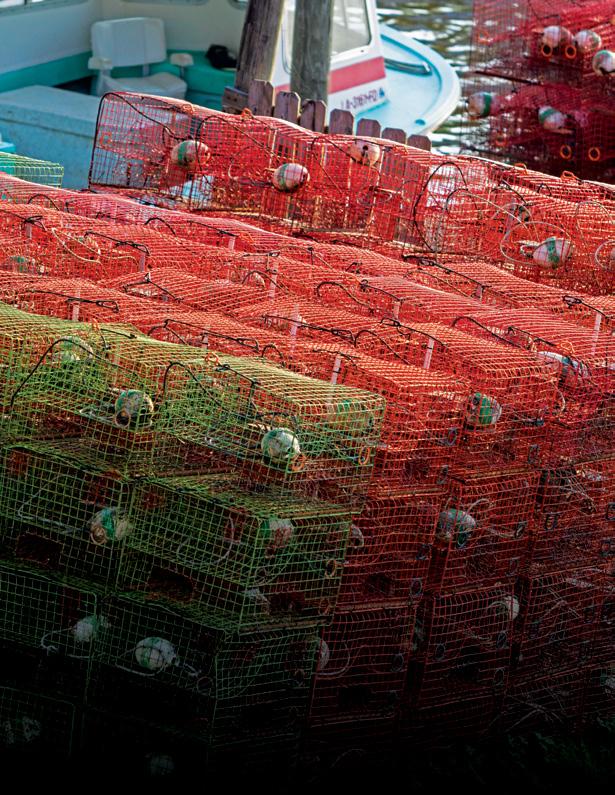
2 minute read
ENSURING A GREENER TOMORROW
Southeastern
is providing independent, scientific monitoring of Lake Maurepas during
Air Products’ Clean Energy Complex work.
With the ever-increasing rise of greenhouse gas emissions, the risks to the health of our planet—and all who call it home—are colossal.
According to the United Nations’ Paris Agreement, emissions “must peak before 2025 at the latest and decline 43 percent by 2030,” as well as reach net zero by 2050, to keep global warming to no more than 1.5° C and preserve our planet’s livability. Failure to do so could result in increased heatwaves, rainfall, droughts, and much more.
To help combat these greenhouse gas emissions and their destructive results, carbon capture is emerging as a possible avenue.

Air Products, an industrial gas supplier headquartered in Allentown, Pa., is studying the viability of the Lake Maurepas area for a proposed blue hydrogen production carbon capture and permanent sequestration project. Blue hydrogen is hydrogen produced from natural gas and supported by carbon capture and storage. The CO2 generated during the manufacturing process is captured and stored permanently underground. The result is low-carbon hydrogen that produces no CO2.
An essential component of the initial studies will be extensive, independent environmental monitoring of the Lake Maurepas region so that any impacts of the project can be understood and data can be made publicly available. With a comprehensive understanding and appreciation for the area as well as reputation for excellence in research, Southeastern was selected to provide this independent, scientific monitoring.
“Southeastern will be monitoring all facets of this project involving the lake to ensure up-to-date data and information are available. We will make all the data we record available to the public to ensure everyone’s right to know any findings,” said Dan McCarthy, dean of the College of Science and Technology.
The goal behind the project is to store CO2 in pockets beneath the lake, rather than releasing it into the atmosphere to help combat global warming and climate change. A natural gas that allows sunlight to reach the Earth, CO2 also prevents some of the sun’s heat from radiating back. Varying fossil fuels generate different amounts of CO2 emissions. Carbon capture and storage can reduce emissions by more than 8090 percent, making it an extremely effective way of stopping carbon dioxide from entering the atmosphere.
Researchers believe that carbon capture is one of the most effective ways to reduce greenhouse emissions. In fact, carbon capture can achieve 14 percent of the global greenhouse gas emissions reductions needed by 2050 to achieve net zero. It is also generally viewed as the only practical way to achieve deep decarbonization in the industrial sector.
The scientists from Southeastern will be monitoring the marine life populations (fishes, crabs, shrimp) as well as the plant life in the surrounding wetlands, and they will also be on watch and studying any variations in water quality. All findings will be uploaded to a publicly accessible website that will be housed through Southeastern once monitoring efforts are fully underway.








